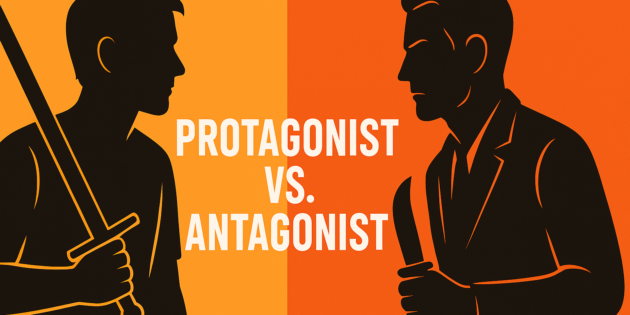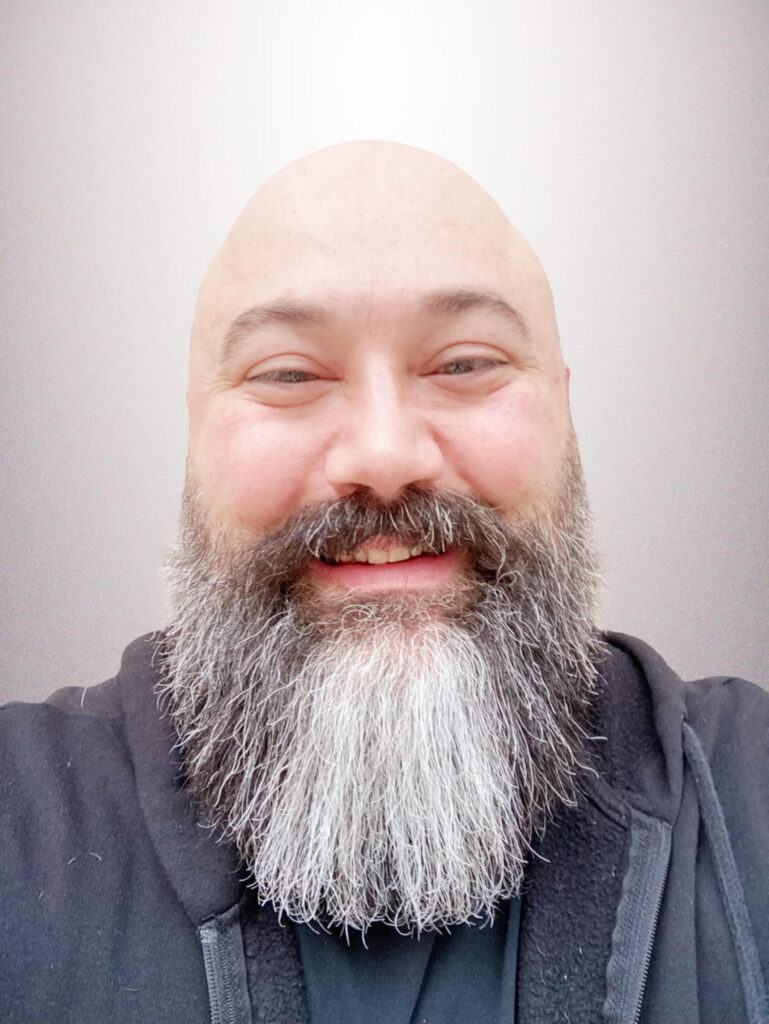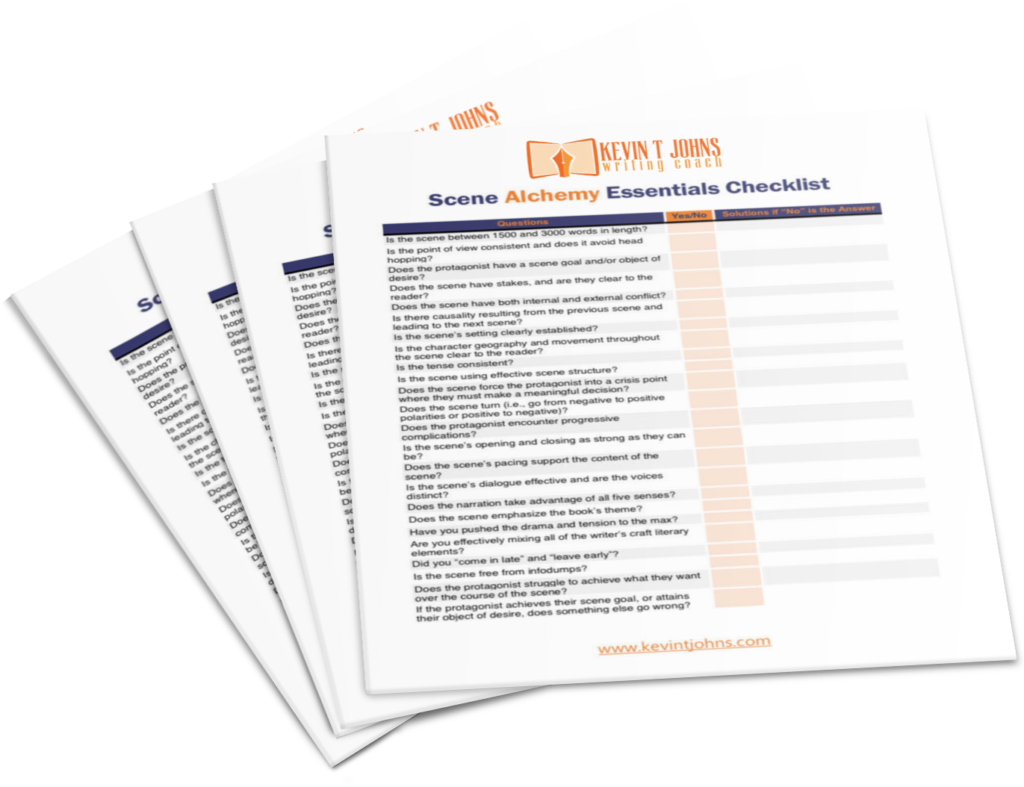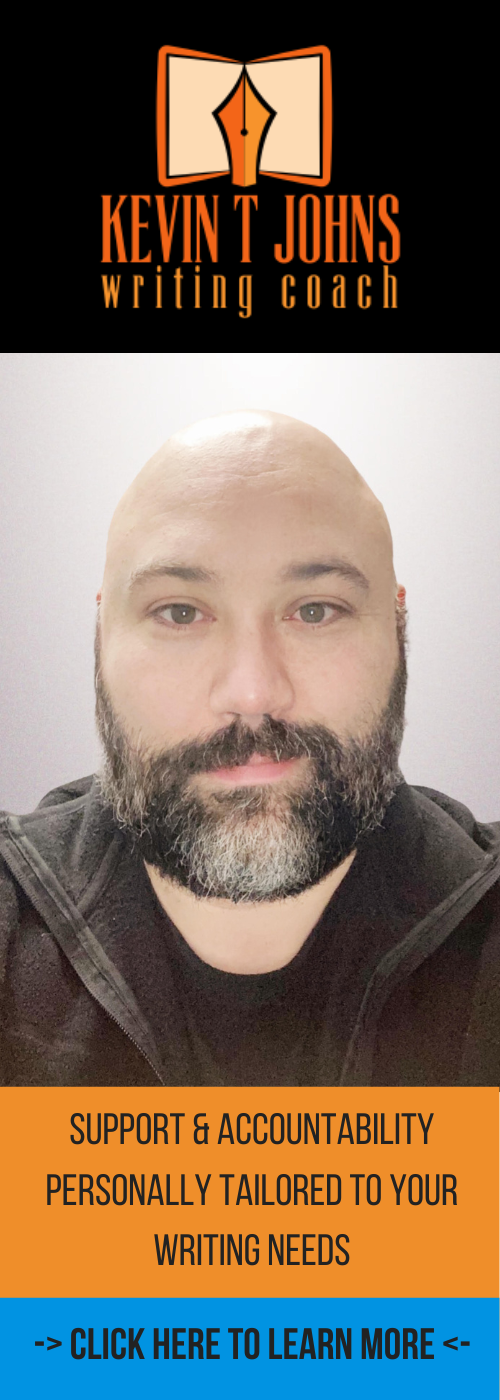In adventure-focused commercial fiction genres (crime, thriller, mystery fiction, sci-fi, and fantasy) characters are the engines of your story. Specifically, it’s what your protagonist wants and what your antagonist blocks that fuels high-stakes conflict.
If you want to write a high-stakes book that keeps readers on the edge of their seats, start by making your protagonist active. They need goals. They need purpose. In commercial fiction, that might be solving the murder, stopping the killer, rescuing a loved one, or committing the perfect heist. Regardless of the exact mission, it is your protagonist’s objective that drives the plot. Without a clear objective, the story meanders. But with one, the tension starts ticking like a bomb.
Now, enter the antagonist. Whether it’s a mustache-twirling villain, a rival cop, a corrupt system, or the character’s own fractured psyche, this force must directly oppose the protagonist’s goal. The conflict in your story isn’t just about two people in disagreement—it’s about the tension that arises when one person’s win is another’s loss.
Example
For an example, let’s look at The Girl with the Dragon Tattoo by Stieg Larsson.
The protagonist of the book, Mikael Blomkvist, wants to uncover the truth behind a decades-old disappearance. The antagonist, meanwhile, is part of a wealthy family with secrets to protect at all costs.
As Blomkvist gets closer to the truth, the opposition grows more aggressive. His success threatens to dismantle reputations, endanger lives, and unravel long-buried horrors. Every move he makes pulls the antagonist closer into the light—and escalates the conflict.
Add Complexity
Want to do even better? Add complexity.
What if your antagonist has a sympathetic motive?
What if your protagonist must make morally questionable choices to succeed?
That’s when things really heat up.
Blur the Lines
Want bonus points? Blur the lines.
Psychological thrillers get especially juicy when the antagonist is the protagonist’s own mind.
Check out Jim Thompson’s Pop. 1280 if you want a masterclass in internal antagonism.
Final Thoughts on Character Conflict and Stakes
As a writing coach, I work closely with authors to craft protagonists and antagonists who push each other to the edge—because that’s where the story truly lives.
Characters in conflict = stakes on fire. Always.
—








